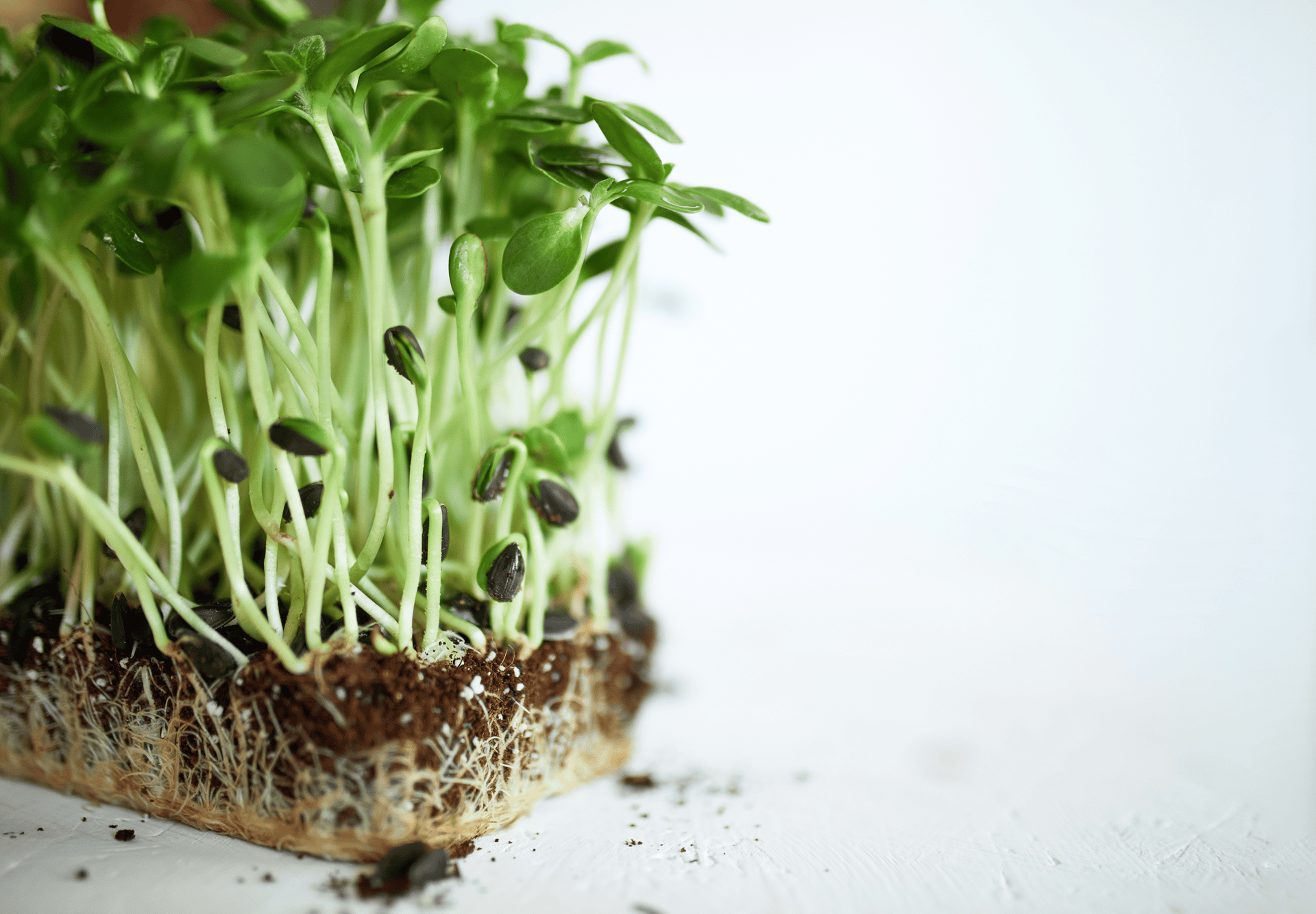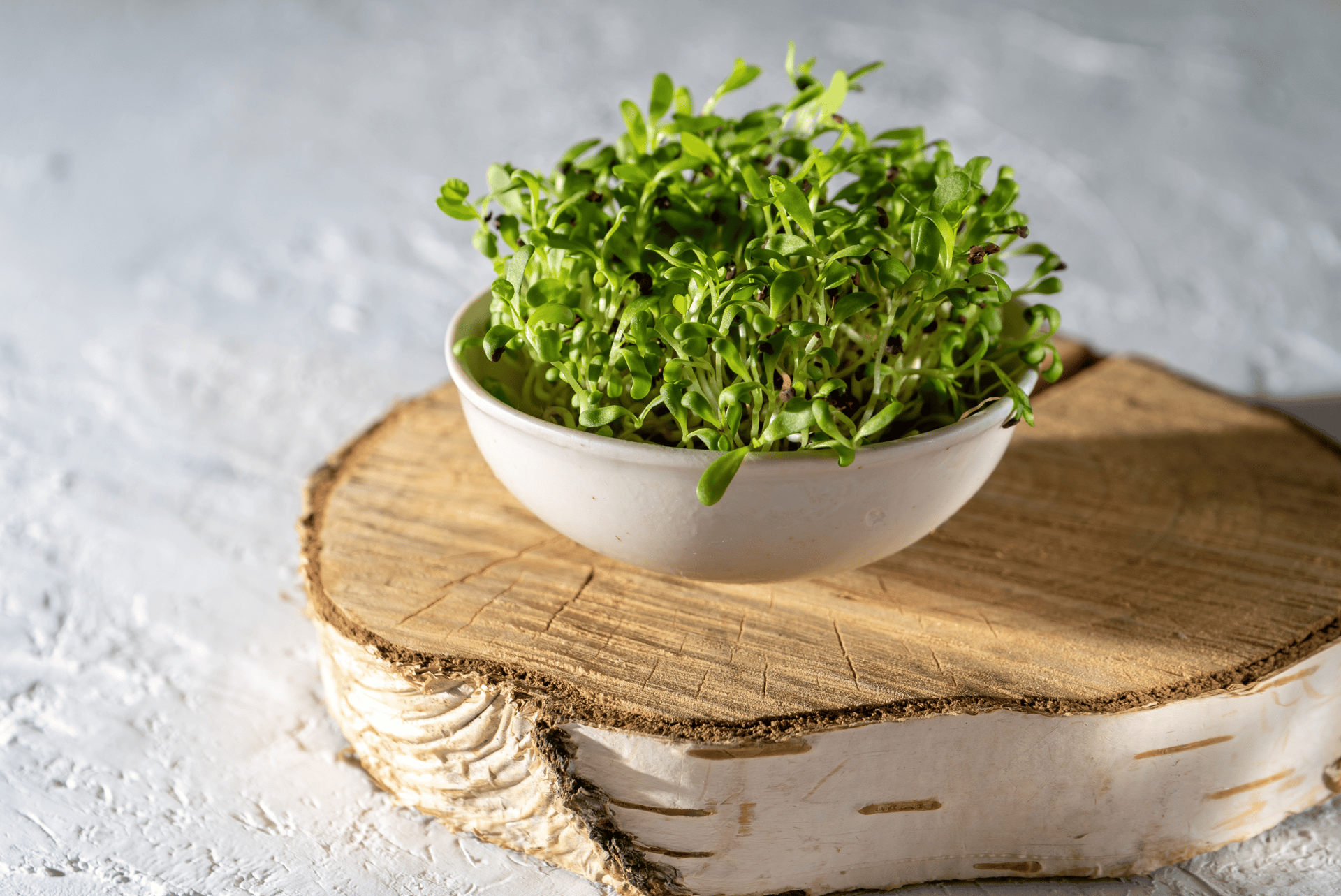

The modern era saw microgreens gaining popularity in the culinary world, starting in the 1980s in California, a hub for culinary innovation. Chefs pioneered their use in upscale restaurants, recognizing their intense flavors and aesthetic appeal. Chef Waters' commitment to fresh, locally sourced ingredients led her to experiment with young vegetable seedlings, discovering that these tiny greens packed an impressive punch in terms of flavor and visual presentation.
By the 1990s, microgreens had expanded beyond mere garnishes to become essential ingredients in gourmet dishes. Their concentrated flavors, coupled with their vibrant colors and textures, made them a favorite among chefs across the country. This growing awareness led to increased consumer demand, prompting more chefs to incorporate microgreens into their culinary creations as key ingredients rather than just decorative elements. The culinary trend propelled microgreens into mainstream consciousness, leading to experimentation with diverse varieties such as kale, arugula, and radish.
